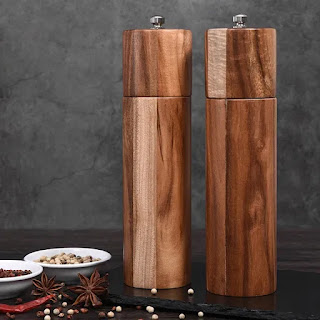Build Your Own Majestic Wooden Retaining Wall: A Step-by-Step DIY Guide
Transform your landscape and conquer unruly slopes with a stunning, DIY wooden retaining wall! This comprehensive guide walks you through each stage, from planning to final touches, empowering you to create a beautiful and functional addition to your yard. Forget expensive contractors; with a little elbow grease and these instructions, you'll build a wall that reflects your personal style and boosts your property's value.
Phase 1: Planning and Preparation – Laying the Foundation for Success
Before you even touch a tool, meticulous planning is crucial. Start by carefully surveying the area. Determine the exact length and height your retaining wall needs to be. Consider the slope's angle and the type of soil; a steeper slope or loose soil will demand a more robust structure. Sketch a detailed design, noting the placement of each post and sleeper. Obtain the necessary permits from your local council – this step is vital and avoids future complications. Finally, gather your materials: pressure-treated lumber (resistant to rot and decay), gravel for drainage, landscape fabric, post hole diggers, levels, measuring tape, and safety gear (gloves, safety glasses, etc.).
Choosing the Right Lumber
The success of your retaining wall hinges on using durable lumber. Opt for pressure-treated lumber specifically designed for ground contact. This treatment protects the wood from rot, insects, and decay, ensuring your wall stands the test of time. Calculate the quantity of lumber needed based on your design, adding extra for potential cuts and mistakes. Consider using thicker sleepers for taller walls to increase stability.
Preparing the Ground
Digging is the next critical step. Precisely mark the location of your wall using string lines. Excavate trenches for the posts, ensuring they're deep enough to provide solid footing (typically at least 1/3 of the post's height). The depth of the trenches will also depend on your soil type and local frost line. Create a sloped base for improved drainage. This prevents water from accumulating behind the wall, which could cause pressure and instability.
Phase 2: Construction – Bringing Your Design to Life
With your groundwork complete, it's time to assemble your wall. Follow these steps to ensure a sturdy and aesthetically pleasing structure. Remember to always prioritize safety by using appropriate tools correctly.
Setting the Posts
Position each post accurately within its trench, ensuring they are plumb (perfectly vertical) using a level. Fill the trenches with gravel to provide excellent drainage and to help anchor the posts. Pack the gravel firmly around the posts to eliminate any gaps. For added stability, consider using concrete to secure the posts, especially in unstable soil.
Attaching the Sleepers
Secure the horizontal sleepers to the posts using galvanized screws or bolts. Maintain consistent spacing between the sleepers for a uniform appearance. Before fastening, check that each sleeper is level. To prevent warping, pre-drill pilot holes to reduce the risk of wood splitting.
Adding Landscape Fabric
Before backfilling, layer landscape fabric along the back of the wall. This fabric prevents soil from seeping through the gaps in the wood and behind the wall, while allowing for proper water drainage. Secure it with staples or landscape pins.
Phase 3: Backfilling and Finishing Touches – Completing Your Masterpiece
The final stage transforms your framework into a functional and attractive retaining wall.
Backfilling
Carefully backfill the area behind the wall with soil, compacting it in layers to prevent settling. Avoid compacting the soil too tightly close to the wall, as this could put undue pressure on the structure. Leave some space between the soil and the wall to allow for drainage.
Finishing Touches
Once the backfilling is complete, consider adding a layer of mulch or gravel to enhance the aesthetics and provide additional erosion control. Plant shrubs and flowers to further integrate the wall into your landscaping. Inspect your wall regularly for any signs of movement or damage, and address them promptly to ensure long-term stability.
Congratulations! You've successfully built your own stunning wooden retaining wall. Enjoy your new landscape feature and the satisfaction of a job well done.

































